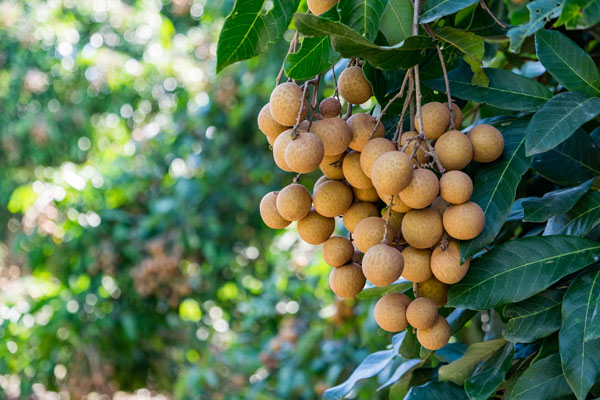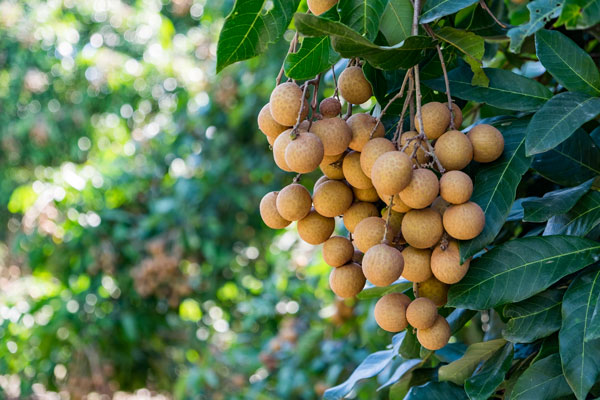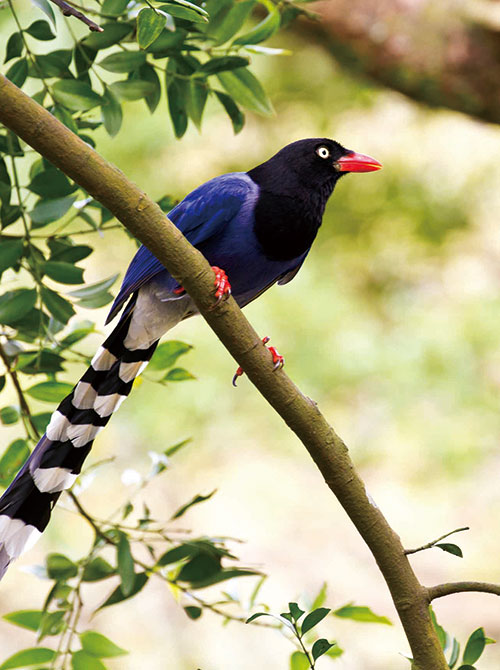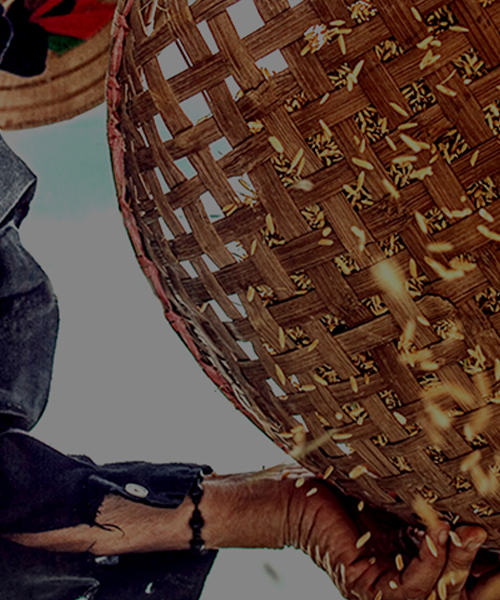A model of Food and Agricultural Education-Organic Longan
- 2023-04-17
- 2023-04-17
- / 1936 Views
- /

A model of Food and Agricultural Education-Organic Longan
Organic longan trees with little yellow and white flowers are important nectariferous plants. Longan flesh can be enjoyed raw or dried. Husks, seeds and trunks are materials of dying, furniture and edge-cutting extraction technology. Each part of logan is valuable for our health, biophysical environment, and cultural heritage. Indeed, logan is a good model of Food and Agricultural education.
The evergreen longan tree is a tropical member of the soapberry family Sapindaceae and grows well in various kinds of soil, except for low lying land soil, solonchak and solonetz. Immigrants from Fujian and Guangdong provinces in southern China brought longan to Taiwan more than 300 years ago. The right climate enabled large plantation possible in the south bank to Dajia River, including Tainan, Taichung, Kaohsiung and Nantou. Dried Longan in Dongshan, Tainan is particularly famous in Taiwan. More than 3,000 kilns used to dry longan fruit can be found in this area and has become cultural heritage with educational functions.
There are more than 50 cultivars of longan in Taiwan, including Fenke, Fuyan, Hongke, Qingke, Wuyueyan, Shiyueyan and Shuigong. Fenke accounts for 90% of the production in Taiwan and is popular for its sweetness scale of 26, big tawny fruits and slightly crunchy white flesh. Mostly cultivated in Nantou and Kaohsiung, this cultivar has more fruit powder than other cultivars.
When longan trees blossom, bees start their busiest season to gather the pollen and nectar and pollenate more than one third of crops in the world. Bees are considered as important environmental indicator so cultivation of organic longan matters to the environment. Organic farmers have to frequently clean dried trunks and leaves to prevent insects from laying eggs for ecological balance. They also leverage grass cultivation or crop rotation with legumes and trim trunks to provide their longan trees better ventilation and enough space.

Longan fruit is ready to harvest when its husk beomes light brown, smoother and flexible. The southern cultivation area starts earlier to harvest with hands in July following by other areas and the harvest season ends in September.
Traditionally old farmers foraged fallen longan flowers to make a pot of tea and drank while working in the plantation. Longan flowers have been proved to contain several classes of polyphenolic substances as the husks contain rich polyphenolic compounds and Flavonoids, which are both good sources of antioxidant.
Kiln Dried longan is an important source of income for most famers. 3 kilos of fresh longan fruit can be processed to one kilo of dried longan while 3 kilos of dried longan can be processed one kilo of seedless longan flesh. It takes at least one week of intensive labor work to process such precious organic seedless dried flesh.
A bunch of fresh juicy longan fruits can be kept for a longer time and is a great gift or worship offering. On the other hand, fruits cut from the bunches are offered to ghosts in the ghost month. Quickly soak a bunch of longan fruits in the water and drain it. Wrap it with newspaper and store in a ziplock bag for one week in the refrigerator.
The leaves, flowers, roots and seeds of longan have been used as Chinese medicine in the form of dried fruits and paste for its excellent nourishing function. “Shennong Materia Medica” indicated that longan is used for physical, mental and spiritual purposes. Longan wood is a great hardwood to make luxury furniture and hand crafts for its fine texture as well as a good source of producing charcoal.




